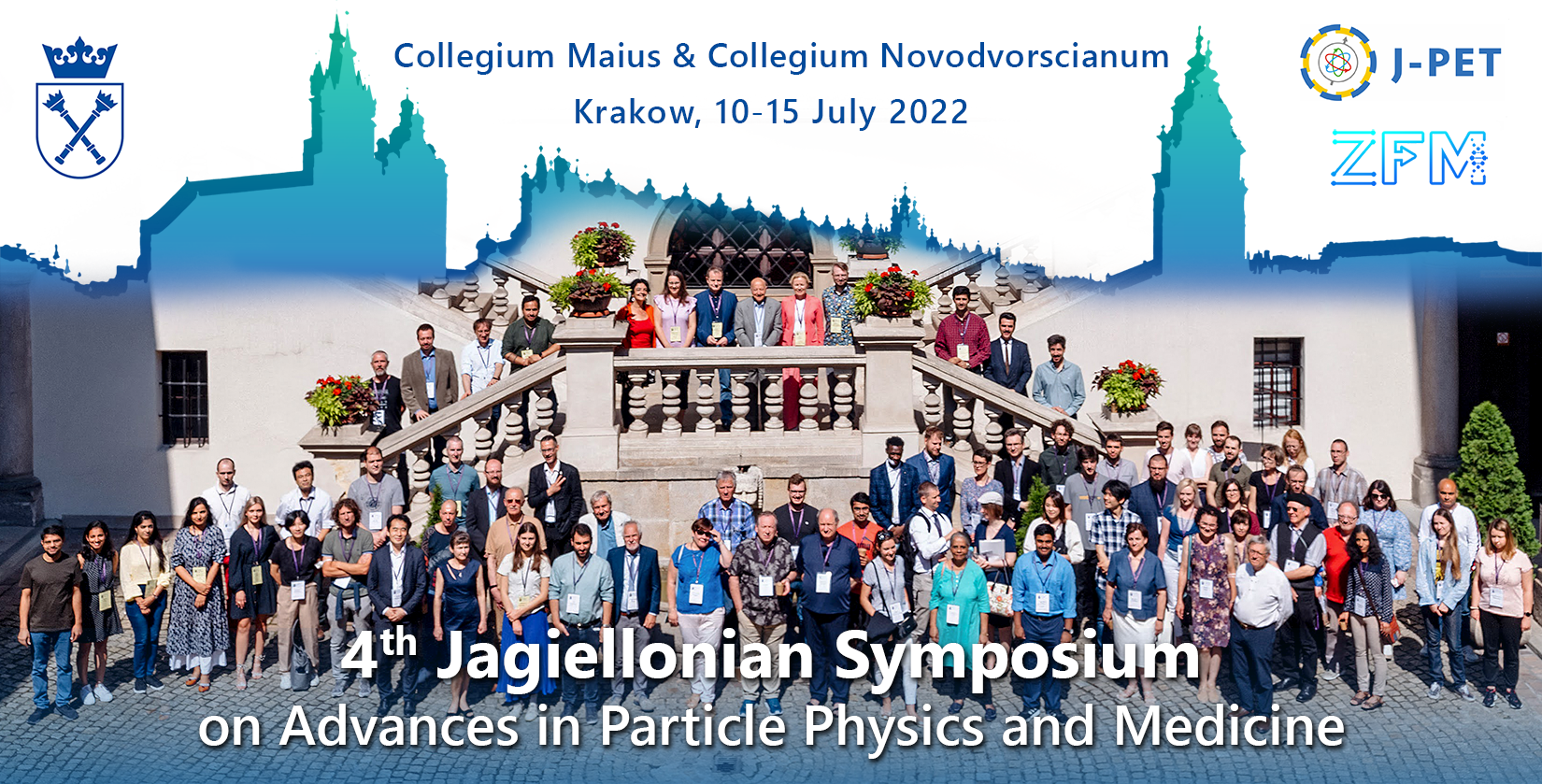Speaker
Description
Author: Dr Magdalena Marzec
Co-authors: Carina Rząca, Ewa Stepien
Time of Flight Secondary Ion Mass Spectrometry (ToF-SIMS) is used to analyze biomolecules in tissues, cells and membranous structures. This type of mass spectrometry enables qualitative semi-native testing without the need for isolation, fixation or labelling of target elements with simultaneous 2D imaging. The analyzed mass range is less than 1000 Da, which makes it possible to study of amino acids and lipids [1]. Extracellular vesicles (EVs) are spherical cellular structures surrounded by a lipid bilayer in size from 30 to 1000 nm. The basic classification of EVs distinguishes three subpopulations: exosomes derived from endosomes (50–150 nm), cell ectosomes (100–1000 nm) and apoptotic bodies (1000–5000 nm). Due to the constantly growing importance of EVs in the diagnosis and treatment of diseases, more and more attempts are made to effectively isolate, detect and analyze them [2]. So far, it has not been demonstrated whether the increased sugar concentration in the external environment modifies the composition of glycosphingolipids (GSL) in the composition of cell membranes and EVs.
The aim of the study is to compare the GSL composition in EV subpopulations: ectosomes and exosomes. In this study, EVs were purified by a low-pressure filtration and concentrated by an ultracentrifugation. EVs come from two cell lines: pancreatic β-cells and microvascular endothelium cells (TIME). Both cell lines were grown under normoglycemic (NG) and hyperglycemic (HG) conditions. The experiment also investigated the change in the content of the analyzed biomolecules in EVs due to high glucose concentration influence.
As a result of the conducted research, we have shown that we can perform glycosphingolipid analysis in extracellular vesicles using ToF-SIMS. The analysis showed significant changes in GSL composition depending on the cell line (β-cells and microvascular endothelium cells) for both ectosome and exosome populations. Cell culture conditions (hyperglycemia) affect the glycosphingolipids profile both in the group of ectosomes and exosomes.
References:
[1] M.E. Marzec, D. Wojtysiak, K. Połtowicz, J. Nowak, R. Pedrys, Study of cholesterol and vitamin E levels in broiler meat from different feeding regimens by TOF-SIMS, Biointerphases. 11 (2016). https://doi.org/10.1116/1.4943619.
[2] A. Kamińska, M. Roman, A. Wróbel, A. Gala-Błądzińska, M.T. Małecki, C. Paluszkiewicz, E.Ł. Stępień, Raman spectroscopy of urinary extracellular vesicles to stratify patients with chronic kidney disease in type 2 diabetes, Nanomedicine Nanotechnology, Biol. Med. 39 (2022) 102468. https://doi.org/https://doi.org/10.1016/j.nano.2021.102468.
Acknowledgements
This work has been funded from the SciMat and qLife Priority Research Area budget under the Strategic Programme Excellence Initiative at the Jagiellonian University and by the National Science Center (NCN), grant OPUS 17 to prof. E. Stępień (No. 2019/33/B/NZ3/01004).

